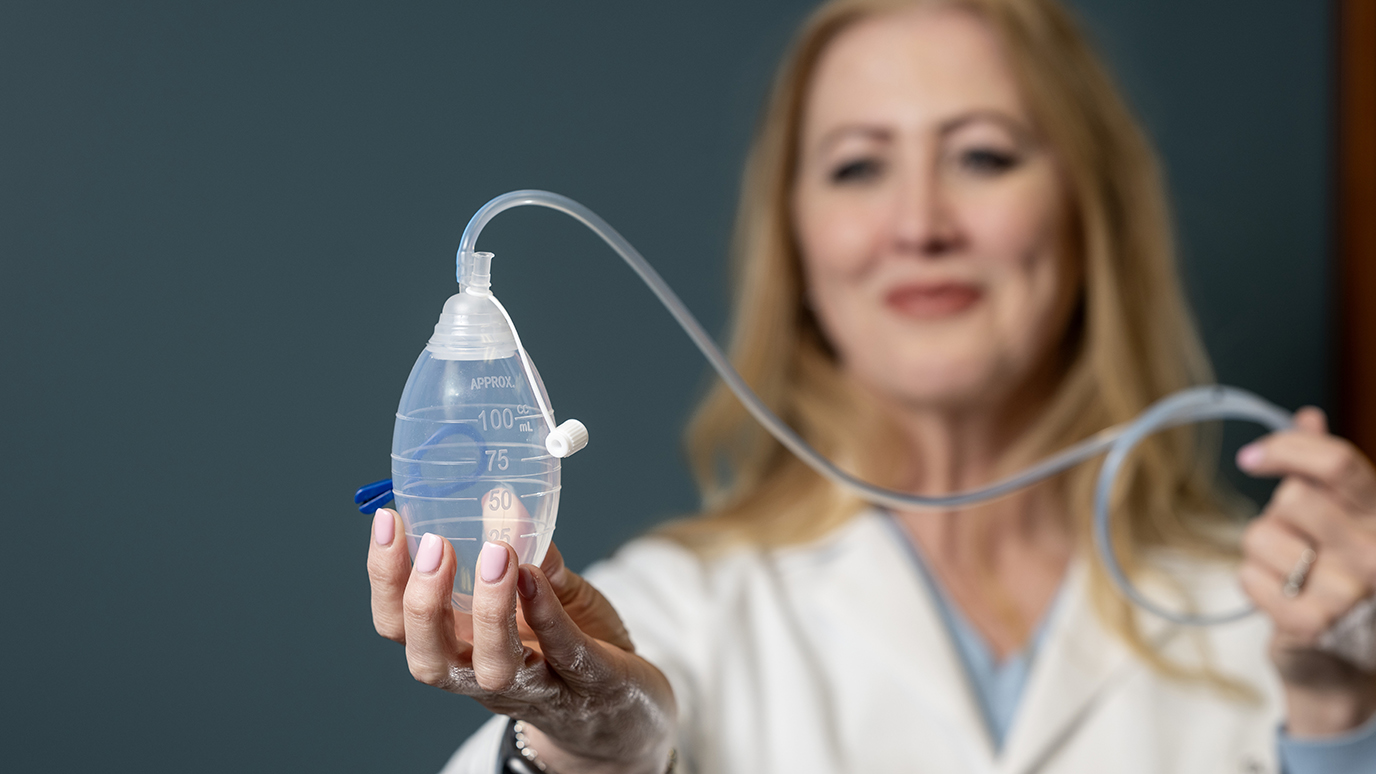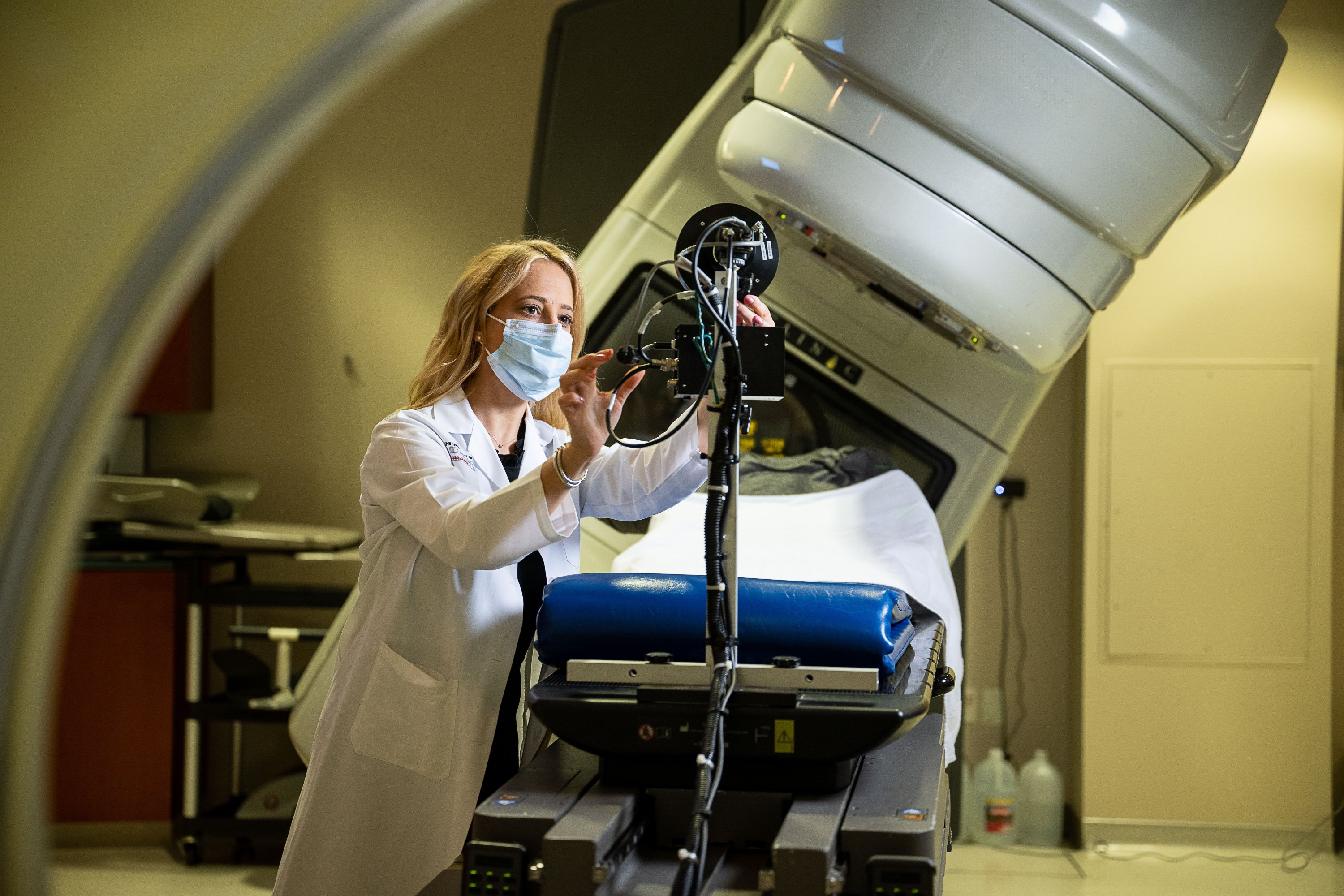- Diseases
- Acoustic Neuroma (16)
- Adrenal Gland Tumor (24)
- Anal Cancer (70)
- Anemia (2)
- Appendix Cancer (18)
- Bile Duct Cancer (26)
- Bladder Cancer (74)
- Brain Metastases (28)
- Brain Tumor (234)
- Breast Cancer (728)
- Breast Implant-Associated Anaplastic Large Cell Lymphoma (2)
- Cancer of Unknown Primary (4)
- Carcinoid Tumor (8)
- Cervical Cancer (164)
- Colon Cancer (168)
- Colorectal Cancer (118)
- Endocrine Tumor (4)
- Esophageal Cancer (44)
- Eye Cancer (36)
- Fallopian Tube Cancer (8)
- Germ Cell Tumor (4)
- Gestational Trophoblastic Disease (2)
- Head and Neck Cancer (14)
- Kidney Cancer (130)
- Leukemia (342)
- Liver Cancer (50)
- Lung Cancer (286)
- Lymphoma (278)
- Mesothelioma (14)
- Metastasis (30)
- Multiple Myeloma (100)
- Myelodysplastic Syndrome (60)
- Myeloproliferative Neoplasm (6)
- Neuroendocrine Tumors (16)
- Oral Cancer (102)
- Ovarian Cancer (178)
- Pancreatic Cancer (162)
- Parathyroid Disease (2)
- Penile Cancer (14)
- Pituitary Tumor (6)
- Prostate Cancer (150)
- Rectal Cancer (58)
- Renal Medullary Carcinoma (6)
- Salivary Gland Cancer (14)
- Sarcoma (238)
- Skin Cancer (302)
- Skull Base Tumors (56)
- Spinal Tumor (12)
- Stomach Cancer (66)
- Testicular Cancer (28)
- Throat Cancer (92)
- Thymoma (6)
- Thyroid Cancer (100)
- Tonsil Cancer (30)
- Uterine Cancer (86)
- Vaginal Cancer (18)
- Vulvar Cancer (22)
- Cancer Topic
- Adolescent and Young Adult Cancer Issues (22)
- Advance Care Planning (12)
- Biostatistics (2)
- Blood Donation (18)
- Bone Health (8)
- COVID-19 (360)
- Cancer Recurrence (120)
- Childhood Cancer Issues (120)
- Clinical Trials (628)
- Complementary Integrative Medicine (22)
- Cytogenetics (2)
- DNA Methylation (4)
- Diagnosis (240)
- Epigenetics (6)
- Fertility (62)
- Follow-up Guidelines (2)
- Health Disparities (14)
- Hereditary Cancer Syndromes (128)
- Immunology (18)
- Li-Fraumeni Syndrome (8)
- Mental Health (122)
- Molecular Diagnostics (8)
- Pain Management (62)
- Palliative Care (8)
- Pathology (10)
- Physical Therapy (18)
- Pregnancy (18)
- Prevention (940)
- Research (390)
- Second Opinion (78)
- Sexuality (16)
- Side Effects (616)
- Sleep Disorders (10)
- Stem Cell Transplantation Cellular Therapy (216)
- Support (408)
- Survivorship (330)
- Symptoms (182)
- Treatment (1794)
Physical medicine and rehabilitation and cancer treatment: What to know
5 minute read | Published August 31, 2023
Medically Reviewed | Last reviewed by an MD Anderson Cancer Center medical professional on August 31, 2023
Cancer and its treatment can affect patients in many ways. Physical medicine and rehabilitation (PM&R), also known as physiatry, is a medical specialty that focuses on the prevention, diagnosis, non-surgical treatment and rehabilitation of patients with a disability or disease, such as cancer.
Though they work closely with one another to treat the same conditions, physiatrists and physical therapists are not the same. Think of it this way: A physiatrist is a medical doctor who diagnoses and designs the treatment plan, and a physical therapist ensures the treatment plan is executed.
We spoke with physiatrist Jack Fu, M.D., to learn how physiatry can help patients with cancer. Here’s what he shared.
Rehabilitation can be helpful before, during and after major cancer treatments
You may assume that PM&R services are only needed after a major cancer treatment, but that’s not true.
“There are multiple points when a physiatrist can intervene in a patient’s care and be helpful,” says Fu. “One of the areas where we’re focusing a lot of effort is prehabilitation, or prehab.”
Prehab is a rehabilitation program aimed at improving a patient’s functional capabilities before a major cancer treatment. Prehab can address nutrition, physical fitness and/or patient education.
“Most often, prehab includes implementing an exercise program to prepare for pancreatic surgery or a stem cell transplant,” says Fu. “The patient may not be in the greatest health, so their doctors may want them to improve their strength before treatment.”
Fu sees great promise in prehabilitation as a part of cancer rehabilitation.
“PM&R has historically been in the business of improving quality of life by reducing your pain and improving your function, not so much survival and helping people live longer,” he says. “Cancer prehab is one area where we can make an impact on survival.”
Physiatrists can also help people who don’t have active disease.
“Sometimes, people accumulate prolonged side effects from their treatment, like neuropathy from chemotherapy or chronic fatigue or muscle spasms from previous radiation therapy,” he says. “We can help cancer survivors years after they’ve completed treatment.”
For example, rehabilitation can include trigger points and botulinum toxin injections to relieve muscle pain.
“Survivorship is an important area for cancer rehabilitation,” says Fu.
See a physiatrist if you have limited mobility/functioning and pain
It’s important to see a physiatrist if you’re having issues with mobility and function or musculoskeletal pain.
“I’m not talking about the kind of pain from cancer where a tumor is invading parts of the body,” says Fu. “Musculoskeletal pain affects bones, muscles, ligaments, tendons and nerves. You might be experiencing pain in your knee or shoulder, which can cause a decline in function.”
During your first appointment, a physiatrist will ask you several screening questions to determine your level of function and identify areas where they can help.
“We may ask about things like what you used to do that you can’t do now,” says Fu. “You may say you used to be able to walk your dog every day, and now you can’t even walk down the driveway without feeling fatigued. Another example would be if you’ve been falling down. That’s very concerning, and we will almost always start you on rehabilitation therapy.”
What’s important, says Fu, is to tell your doctor everything that is impacting your function.
“Whether it’s fatigue, neuropathy or something else, we want to know about all your impairments,” he says. “Lay it all out because it’s usually not just one thing. We’re going to ask a lot of questions and try to identify barriers that we can address.”
Rehabilitation aims to increase function quickly
Rehabilitation is targeted to each patient to help them reach their personal goals.
“The typical length of stay at our inpatient rehab unit is only one to two weeks,” says Fu. “Patients will have three hours of therapy a day, Monday through Friday. It’s very intensive, and that’s the point – to help patients increase their function in a short amount of time.”
Here’s what a typical day of inpatient rehab looks like:
- one hour of physical therapy to work on strength, endurance and gait;
- one hour of occupational therapy, which focuses on daily living activities, such as getting dressed and going to the bathroom, as well as using a wheelchair; and
- one additional hour of physical therapy, occupational therapy or speech language pathology. Speech therapy focuses on swallowing, speech and cognition.
Patients work for an hour and then rest in between.
“The goal of inpatient rehab is to get patients home safely, not to make them perfect because we work on that as an outpatient,” says Fu. “But with the intensive therapy, I’ve seen patients make pretty dramatic improvements within a few days.”
Before a patient moves to outpatient care, the PM&R doctor will ask questions about their living situation, such as:
- Is your home one-story or two-story?
- Does anyone live with you?
- If you have a spouse, are they with you all the time, or do they go to work?
- Does your spouse have health problems?
“We’re just trying to figure out what can we do to get you home safely,” says Fu.
The rehab regimen for outpatients still includes an hour per day each of physical therapy, occupational therapy and speech therapy. But it’s just three times per week, which is the maximum due to insurance limitations. Occupational therapy focuses on advanced daily activities, such as cooking, household chores and driving.
“Outpatient therapists will provide patients with homework, usually a home exercise program to do every day,” says Fu. “It may be hard at first as patients get used to being active. But once the habit is established, it becomes a lot easier.”
Physiatrists work to treat the whole person
Fu considers PM&R a holistic specialty, one that treats the whole person and not just the disease.
“We care about how you’re able to go about your day – what you’re able to do and how any issues may impact your quality of life,” he says.
One of the rewarding parts of Fu’s job is when patients tell him that they can once again do meaningful activities they haven’t been able to do recently.
“Rehab doctors, by our DNA, are just optimistic people,” says Fu. “We put you through rehab, and we believe you’re going to get better.”
Request an appointment at MD Anderson online or by calling 1-877-632-6789.

Whether it’s fatigue, neuropathy or something else, we want to know about all your impairments.
Jack Fu, M.D.
Physician





